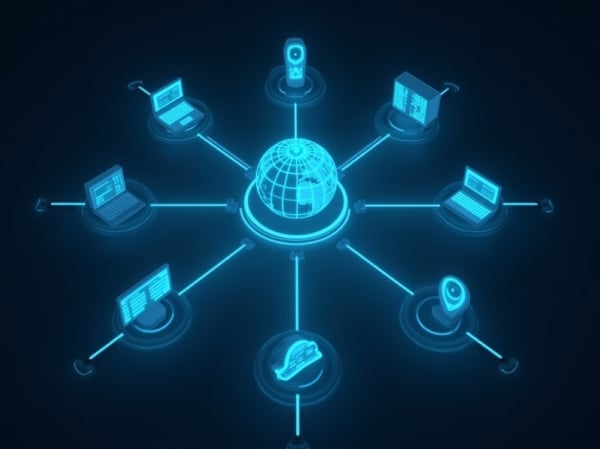We live in an environment where digitalization is not just a trend but an essential condition to compete in the market. Companies, regardless of their size or sector, seek to optimize operations, reduce costs, and gain flexibility. In this context, one of the processes with the greatest impact is invoice management, as it directly affects liquidity, transparency, and the organization’s responsiveness.
The transition from manual methods to digital solutions in the financial field represents a qualitative leap: it allows companies to automate routine tasks, ensure regulatory compliance, and improve collaboration between departments.
The Challenges of Traditional Invoice Management
Before analyzing the advantages of digitalization, it is worth understanding the problems of the traditional model:
- Slow and costly processes: manual invoice handling involves printing, copying, and filing paper documents, increasing both processing times and resource costs.
- Human errors: manually entering data leads to mistakes that can result in duplicate payments or missed deadlines.
- Lack of visibility: in many organizations, invoices go through multiple hands and departments, making tracking difficult and delaying decision-making.
- Limited regulatory compliance: keeping documents on paper or in unstructured formats makes traceability and adherence to tax regulations more difficult.
These challenges not only generate inefficiencies but also limit the company’s ability to grow and adapt to an increasingly dynamic market.
Digitalization as a Driver of Change
The digitalization of invoice management consists of integrating technological solutions that automate the entire workflow: receipt, classification, validation, approval, and accounting. Thanks to the use of Enterprise Content Management (ECM) systems and digital processing, companies can transform a routine task into a strategic process.
Benefits include faster payment cycles, reduced administrative costs, guaranteed compliance with tax regulations, remote access to information, and greater transparency through dashboards offering real-time insights.
The Role of Digital Invoice Processing
Digital invoice processing is one of the most innovative areas within digital transformation. Modern solutions recognize different formats—from PDFs to structured electronic invoices—and automatically extract the relevant data. Once captured, systems classify the invoice, initiate an approval workflow, integrate the information into the ERP, and securely archive the document.
This level of automation frees staff from repetitive tasks and allows them to focus on higher-value activities such as financial analysis or supplier negotiations.
Document Management as the Basis of Efficiency
Digitalized invoice management becomes even more powerful when integrated into a global document management system. An ECM centralizes all business information—contracts, emails, personnel files, etc.—and connects it with key processes.
The advantages of this integration are clear:
- A single source of truth: all documents are available in a central repository, avoiding duplicates.
- Seamless collaboration: different departments can access the same information in real time.
- Security and access control: only authorized users can view or modify documents.
- Scalability: the platform grows with the company, adapting to its changing needs.
In this way, invoice digitalization is not limited to a specific area but becomes part of a global digital transformation strategy.
Case Study: From Paper to Automation
Imagine a medium-sized company receiving hundreds of invoices each month in different formats. Previously, the accounting department spent several hours a day classifying them, manually entering data, and verifying internal approvals.
After implementing a digital invoice management solution, the scenario changes completely: invoices are received in a central digital inbox, the system automatically recognizes key data, and launches an approval workflow with predefined stakeholders. Then, the information is synchronized with the ERP and the invoice is marked as ready for payment.
The result is a reduction of more than 70% in processing time, elimination of manual errors, and greater supplier satisfaction thanks to timely payments.
Mandatory Electronic Invoicing
The international trend points toward mandatory electronic invoicing in more and more countries. This makes digitalization an urgent necessity. Companies that anticipate this change will be better prepared to adapt to new international digitalization regulations and take advantage of competitive benefits such as faster processes and tax transparency.
Furthermore, the use of artificial intelligence and advanced analytics in document management systems will provide valuable insights into spending patterns, treasury optimization, and supplier negotiations.
Conclusion: Digitalize to Grow
The digital transformation of invoice management is a strategic step that all companies should take as soon as possible. It is not just about reducing costs or avoiding errors, but about building a solid foundation for efficiency, transparency, and sustainable growth.
Integrating invoice digitalization into a broader document management system opens the door to a new way of working: collaborative, secure, and value-driven. In a competitive and regulated environment, this evolution is no longer optional but essential.

















